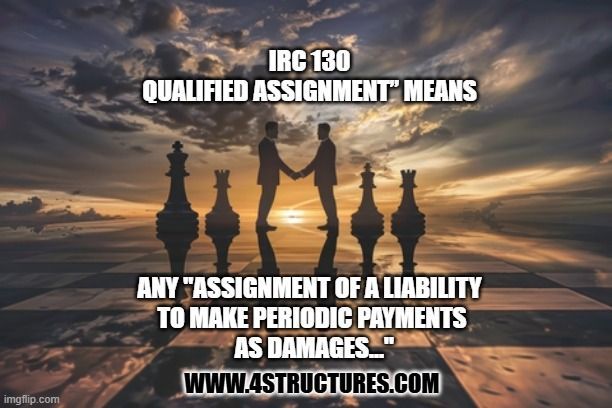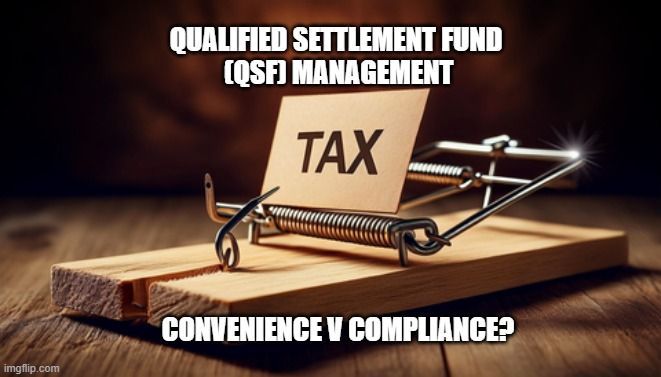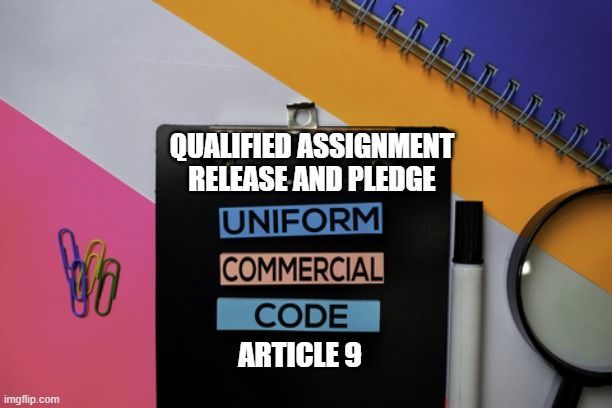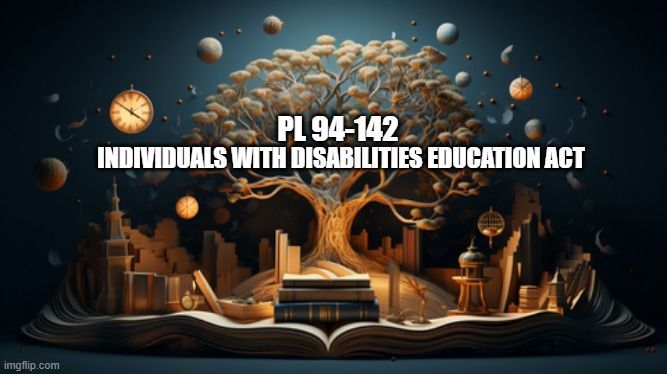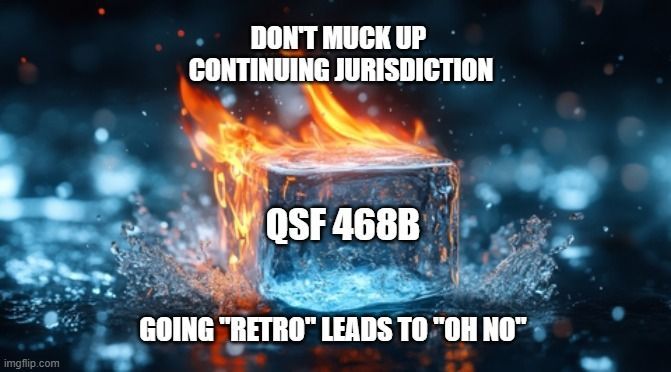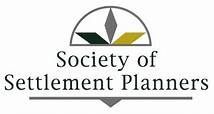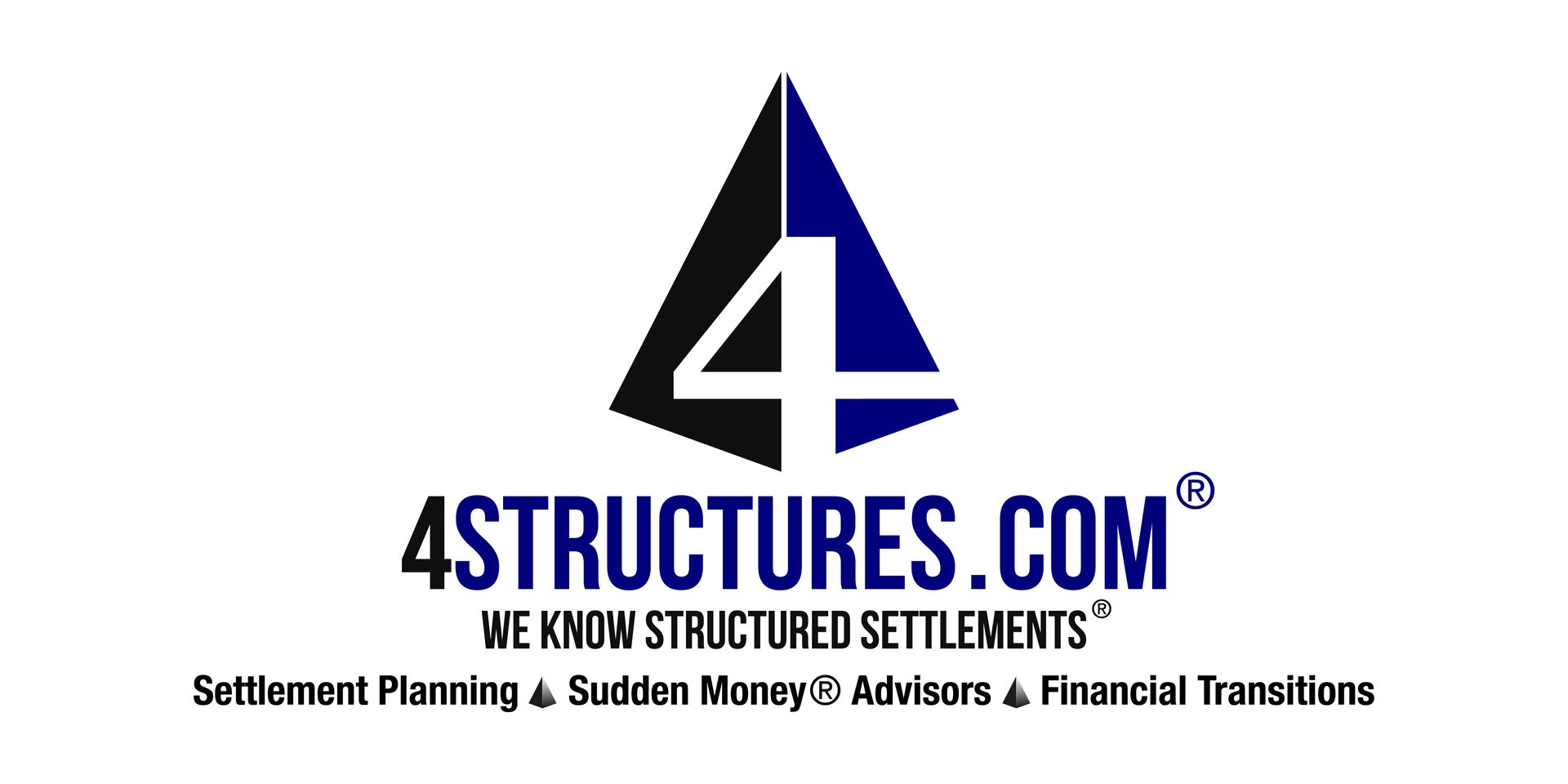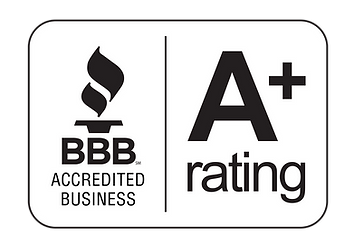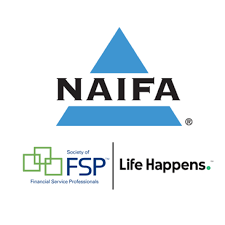Independent Life Structured Settlements
Structured settlement annuity only insurance company defies skeptics
Independent Life Insurance Company, an insurance company which exclusively issues structured settlement annuities, has only been underwriting since May 2018. It's a bit over a year in and I thought I'd see how they are doing. Chris Bua, Director of Internal Sales for Independent Life shared with me some of the Independent's stats:
Independent Life Insurance Company Stats (As of 9/23/2019)
- Total locked-in or funded premiums since inception: $112.4 million
- Funded premiums since inception: $92.4 million
- Average premium per policy: $392,906
- Average first premium per broker/consultant/planner: $411,455
- 126-0 for known court approval outcomes across 11 states and 43 different judges
- Largest policy premium to date: $13,560,433
- Largest court-approved structure: $4,000,000
- Over 50 insurers, companies/organizations, and municipalities have funded and executed qualified or non-qualified assignments with assignment companies funding with Independent Life Insurance Company structured settlement annuities.
- Only 1 factoring attempt to date: Adhering to our Payee Protection Policy, IL filed a formal objection with court based on two factors: an egregious discount rate north of 20% and the 18-year-old not receiving independent professional advice. Objection resulted in offer being increased by 41% to the payee and a consultation with accountant to explain financial terms. The factoring company stated they will also take into consideration our published covenants when making future offers to our payees.
- Independent Life's Texas Property Code amendment was signed into law in June by Texas Gov. Abbott, which ties the annuity issuer’s rating to the NAIC 1 issuer credit rating, amongst other requirements. It passed 146-1 in the House and 31-
0 in the Senate.
Why Is an NAIC 1 issuer credit rating?
A category of credit rating agencies, called nationally recognized statistical rating organizations (NRSROs) was created by the Securities and Exchange Commission (SEC) in the mid-1970s when it was decided to use their credit ratings to assess the riskiness of securities for
regulatory purposes.
Until 2006, just five rating agencies (Standard & Poor's, Moody's, Fitch, DBRS and AM Best) had been certified as NRSROs by SEC. The U.S. Congress, in order to increase competition, improve transparency and reduce barriers to entry, eliminated the SEC's existing no action process and passed the Credit Rating Agency Reform Act (CRARA) of 2006. The statute requires that entities that meet defined criteria register with the SEC as a condition of being designated as NRSROs. The Act also gave SEC information-gathering powers, limited oversight powers on the NRSROs and rule making authority. As a result, as of the beginning of 2019, there are ten rating agencies certified as NRSROs by
SEC
.
Credit rating agencies’ reputation suffered after the great financial crisis revealed serious failures in rating structured securities, especially those related to residential mortgages. The loss of public confidence in rating agencies greatly increased public policy attention to ameliorate any weaknesses in oversight.
Credit ratings have been used extensively in financial regulation, including insurance regulation where it is often required by statute. The 2008 financial crisis exposed the weaknesses of regulatory reliance on NRSROs' credit ratings. Rating agencies' rating revisions tend to lag behind market and economic developments as ratings tend to be long-term and meant to be relatively stable over an economic cycle. As a result, ratings typically fail to react fast enough or be sufficiently current to satisfy regulatory needs.
The Dodd-Frank Wall Street Reform and Consumer Protection Act of 2010 passed as a policy response to the crisis included provisions for enhanced oversight of ratings agencies. Furthermore, the Dodd-Frank Act called on federal regulatory agencies to eliminate the use of credit ratings and of references to NRSROs in their regulations. Source : National Association of Insurance Commissioners (NAIC)
Independent Life began its operations as an
NAIC 1 rated company
But to be clear, Independent Life has no A.M. Best rating, S&P rating, Fitch or Moodys rating. However, the NAIC, the regulatory agency made up of representatives from every state regulator of insurance in the land includes Kroll Bond Rating Agency and Egan Jones Rating Company in its 10 approved ratings agencies. The two companies place Independent Life in the A- and A rated categories respectively. In assigning its rating Andrew Elsberg, Managing Director Insurance at KBRA said “Independent Life will leverage broad and deep relationships, along with opportunistic competitive pricing, to become a preferred provider of the structured settlement distribution force. The company's major risks - reinvestment risk and pricing risk - are largely mitigated by entering the market when interest rates are low. Additionally, Independent Life has the ability to control premium flow if margins become unattractive.”
Independent's management team is ambitious. The company recently entered the non qualified structured settlement market place and offers, through its agents/brokers, an alternative as well as a complementary claims and settlement planning solution for annuity backed structured installment sales,
employment structured settlements and other matters involving taxable damages where there is a desire to defer payments.

